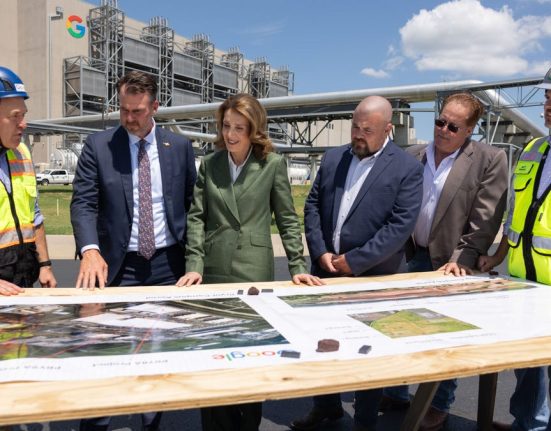Adobe Stock
In light of the Consumer Financial Protection Bureau’s recently finalized rulemaking under Section 1033 of the Dodd-Frank Act, the popular narrative has come to associate
In July 2018, President Trump expressed a strong commitment to open banking in his Treasury Department’s report, “
Then in October 2020, just days before the presidential election, President Trump’s team published detailed plans for open banking through an advance notice of proposed rulemaking under Section 1033. This move established the formal foundation for American open banking — a foundation that has supported explosive growth in financial innovation.
Today, the United States leads globally with
Fintech products have also reached mass adoption in the United States — the proportion of U.S. consumers using fintechs has grown from
Following the directive of President Trump in his first term, the CFPB implemented a comprehensive Section 1033 open banking framework in 2024 as required by Congress. By allowing consumers to freely share their banking data with other financial services providers — at no cost — this initiative opens the U.S. financial services market to new innovators and competitors, combats inflation by driving down consumer costs through competition, and prevents debanking through increased choice and easier portability of data.
But this is still just the beginning. The new Trump administration has the opportunity now to build upon the open banking foundation that it set the first time around. President Trump’s January 2025 executive order, “
To build upon President Trump’s open banking foundation and realize its potential to usher in a more competitive and prosperous financial marketplace, the administration should consider the following aims. First, the administration has the opportunity to streamline the current Section 1033 framework to eliminate unnecessary compliance burdens, like annual reauthorization, while maintaining consumer protections. Second, the administration should expand productive data utilization by permitting de-identified or pseudonymized open banking data to be used for new product development and research, ensuring the United States stays competitive with foreign markets like the U.K. and EU. Third, the administration should prohibit data access fees and ensure that banks cannot charge for providing customers’ financial data through open banking channels — allowing such fees would effectively create a tax on innovation, stifle competition, increase the cost of credit and restrict Americans’ financial freedom. Last, the administration can prevent debanking by creating explicit protections ensuring that banking services and access to open banking data cannot be denied based on political affiliation or legitimate business activities.
President Trump’s first administration laid the foundation for open banking in the United States through market-oriented principles. His second administration now has the opportunity to build upon this foundation and ensure that America remains the undisputed global leader in financial services innovation for decades to come.
Expanding open banking will unlock billions in fintech innovation, driving significant growth in bank and financial technology stocks, and bolstering the broader market as investors recognize America’s strengthening position in the global financial technology race. The resulting market expansion will benefit not just Wall Street investors but everyday Americans with retirement accounts invested in America’s financial future.
President Trump’s recent executive order on strengthening American leadership in digital financial technology sets forth a blueprint for prioritizing financial freedom, data access and portability through open networks, innovation and competitive markets. By applying this blueprint atop the open banking foundation he’s already built, President Trump can deliver on his promise to put America first in the global financial ecosystem while expanding economic opportunity for all Americans.







